- Have any questions?
- +86-189 8930 5995
- sales@mosinterchem.com.cn
Gatifloxacin CAS 112811-59-3

Sparfloxacin CAS 110871-86-8
10/12/2018
Ofloxacin hydrochloride CAS 118120-51-7
10/12/2018| Model: | MOS 112811-59-3 |
| CAS: | 112811-59-3 |
| Molecular formula: | C19H22FN3O4 |
| Molecular weight: | 375.3941 |
| Boiling point: | 607.8°C at 760 mmHg |
| Density: | 1.386g/cm3 |
| Flash point: | 321.4°C |
| Refractive index: | 1.616 |
| Vapour Pressur: | 1.26E-15mmHg at 25°C |
Gatifloxacin (CAS: 112811-59-3)
| ITEM | STANDARD | RESULT |
| Descripition | Whitish or yellowish crystalline powder, Oderless | Conform |
| Gatifloxacin, % | ≥ 98.5 | 99.7 |
| Single impurity, % | ≤ 0.2 | 0.08 |
| Impurity, % | ≤ 0.5 | 0.22 |
| Water, % | 4~8 | 7.37 |
| Burning residue, % | ≤ 0.2 | 0.07 |
| Heavy metal, % | ≤ 20 ppm | ≤ 20 ppm |
| Clarity | No muddier than 2# Turbidity standard | Conform |
| Remain solvent, % | Ethanol ≤ 5000 ppm
Toluene ≤ 890 ppm |
0.0028
0.0001 |
Gatifloxacin sold under the brand names Gatiflo, Tequin and Zymar, is an antibiotic of the
fourth-generation fluoroquinolone family, that like other members of that family, inhibits
the bacterial enzymes DNA gyrase and topoisomerase IV. Bristol-Myers Squibb introduced
Gatifloxacin in 1999 under the proprietary name Tequin for the treatment of respiratory tract
infections, having licensed the medication from Kyorin Pharmaceutical Company of Japan.
Allergan produces it in eye-drop formulation under the names Zymar and Zymaxid. In many
countries, gatifloxacin is also available as tablets and in various aqueous solutions for intravenous therapy.
Side-effects and removal from the market
A Canadian study published in the New England Journal of Medicine in March 2006 claims
Tequin can have significant side effects including dysglycemia. An editorial by Dr. Jerry Gurwitz
in the same issue called for the Food and Drug Administration (FDA) to consider giving Tequin a
black box warning. This editorial followed distribution of a letter dated February 15 by Bristol-Myers
Squibb to health care providers indicating action taken with the FDA to strengthen warnings for the
medication. Subsequently it was reported on May 1, 2006 that Bristol-Myers Squibb would stop
manufacture of Tequin, end sales of the drug after existing stockpiles were exhausted,
and return all rights to Kyorin.
Union Health and Family Welfare Ministry of India on 18 March 2011 banned the manufacture,
sale and distribution of Gatifloxacin as it caused certain adverse side effects
Contraindications
Diabetes
Availability
Gatifloxacin is currently available only in the US and Canada as an ophthalmic solution.
In China it is sold in tablet as well as in eye drop formulations.
Ophthalmic anti-infectives are generally well tolerated. The concentration of the drug observed
following oral administration of 400 mg gatifloxacin systemically is approximately 800 times
higher than that of the 0.5% Gatifloxacin eye drop. Given as an eye drop, Gatifloxacin Ophthalmic
Solution 0.3% & 0.5% cause very low systemic exposures. Therefore, the systemic exposures
resulting from the gatifloxacin ophthalmic solution are not likely to pose any risk for systemic toxicities.
You must be logged in to post a review.

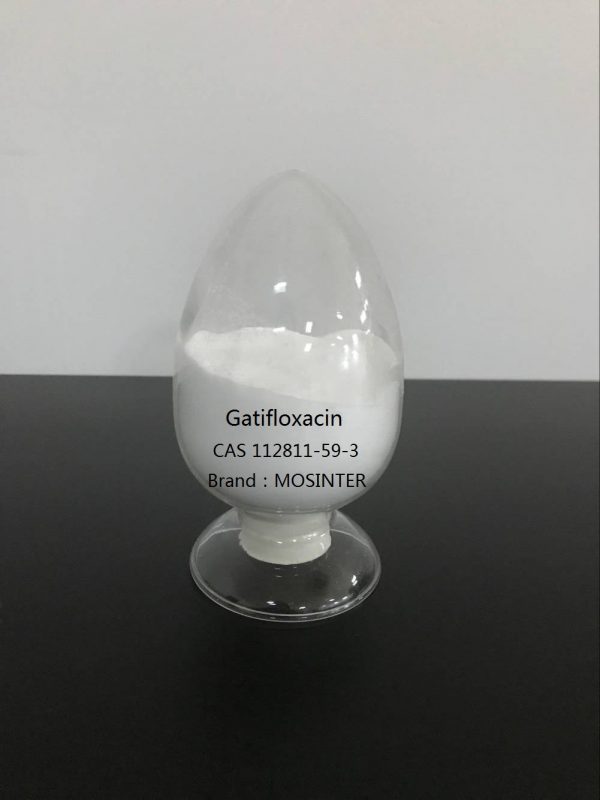
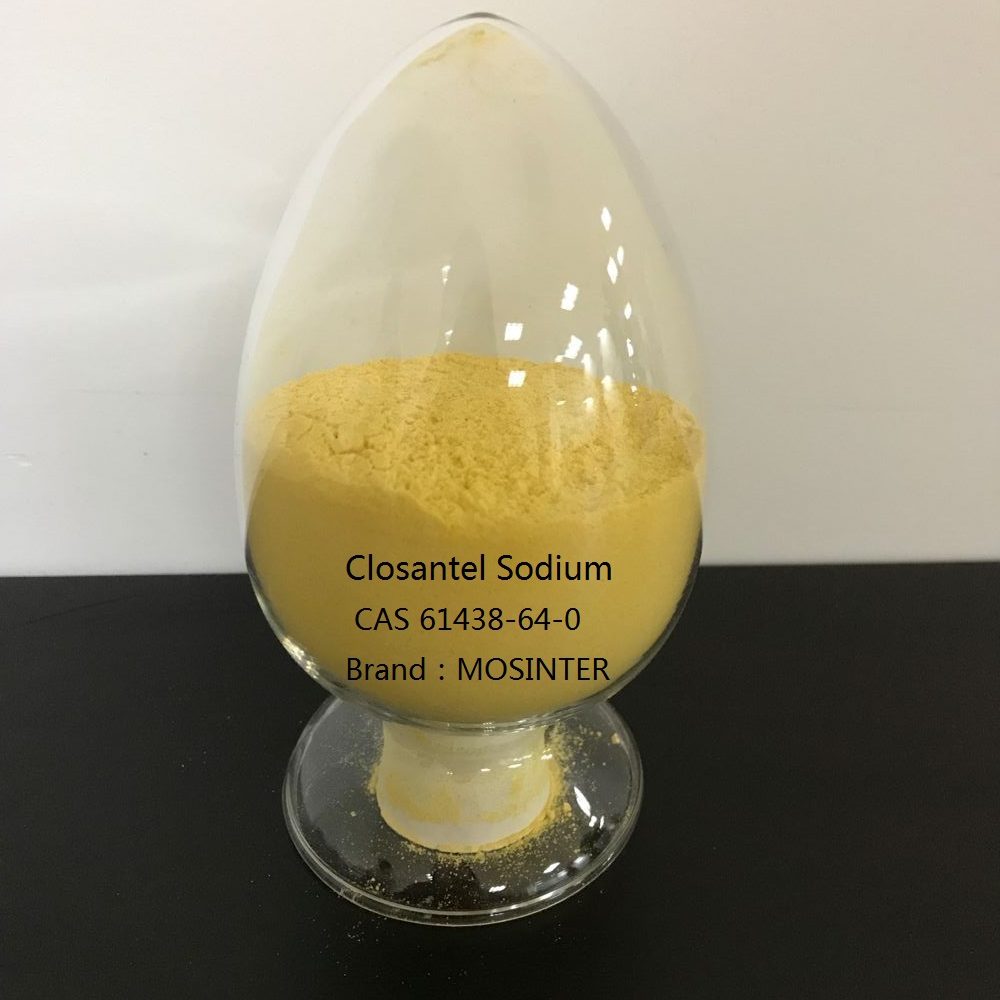
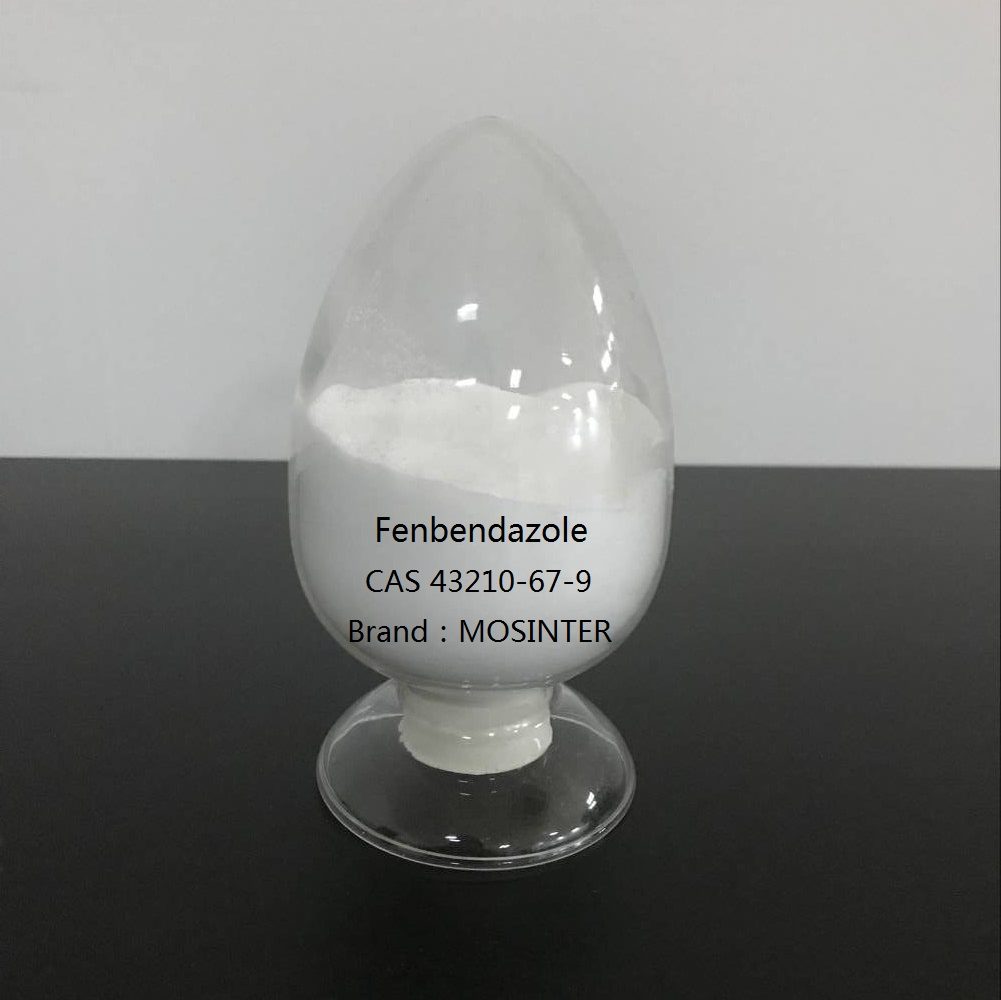
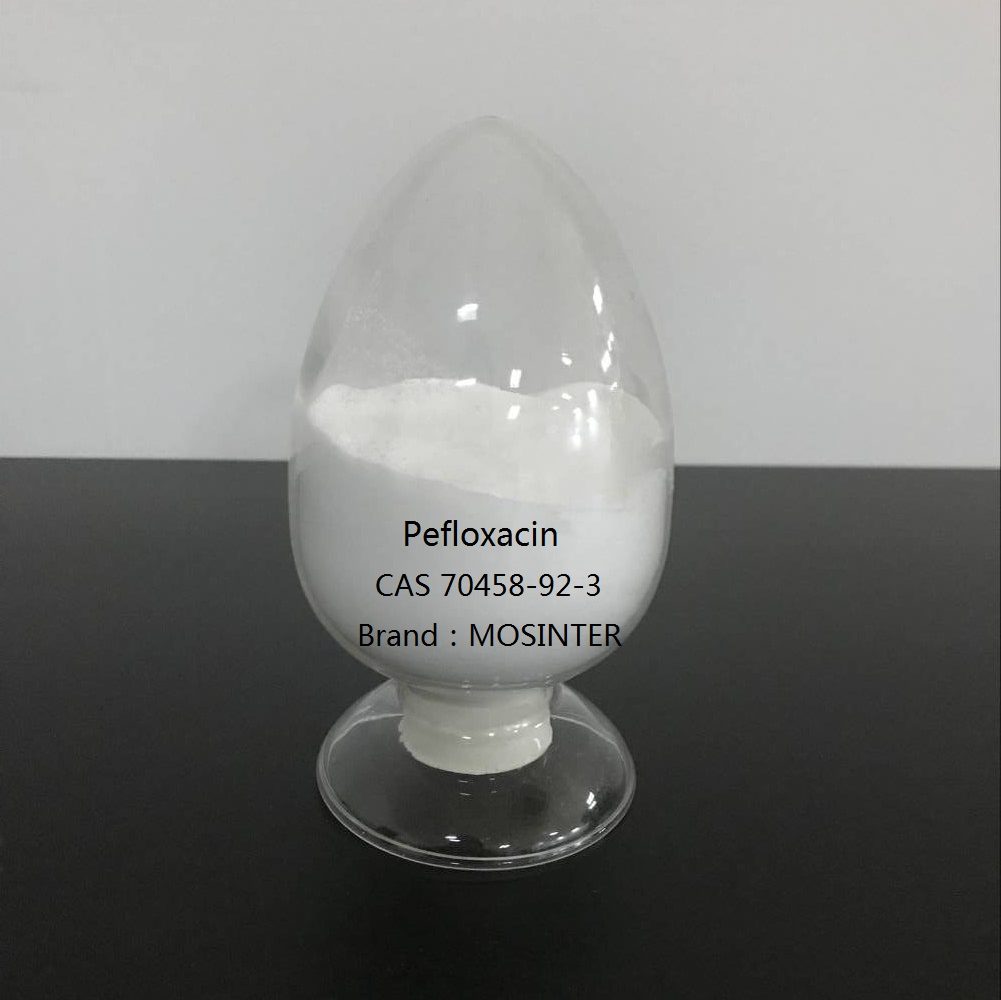
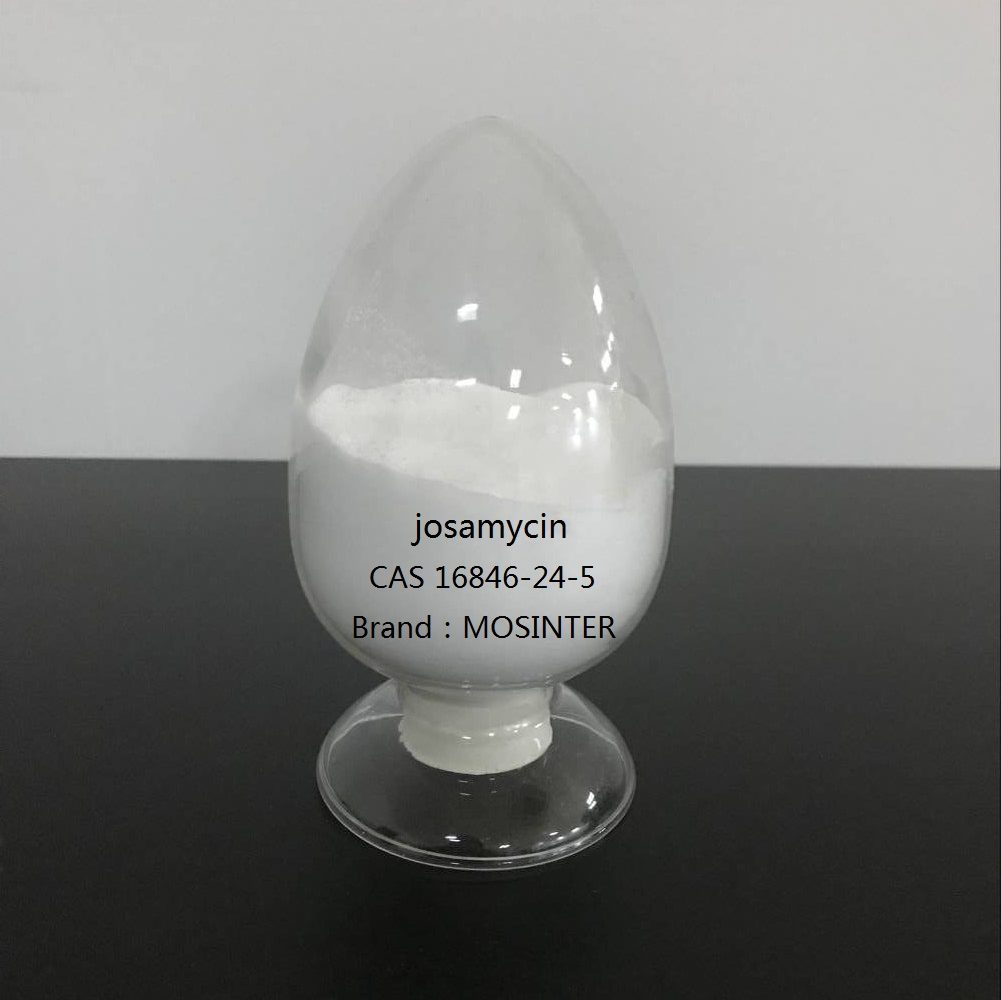
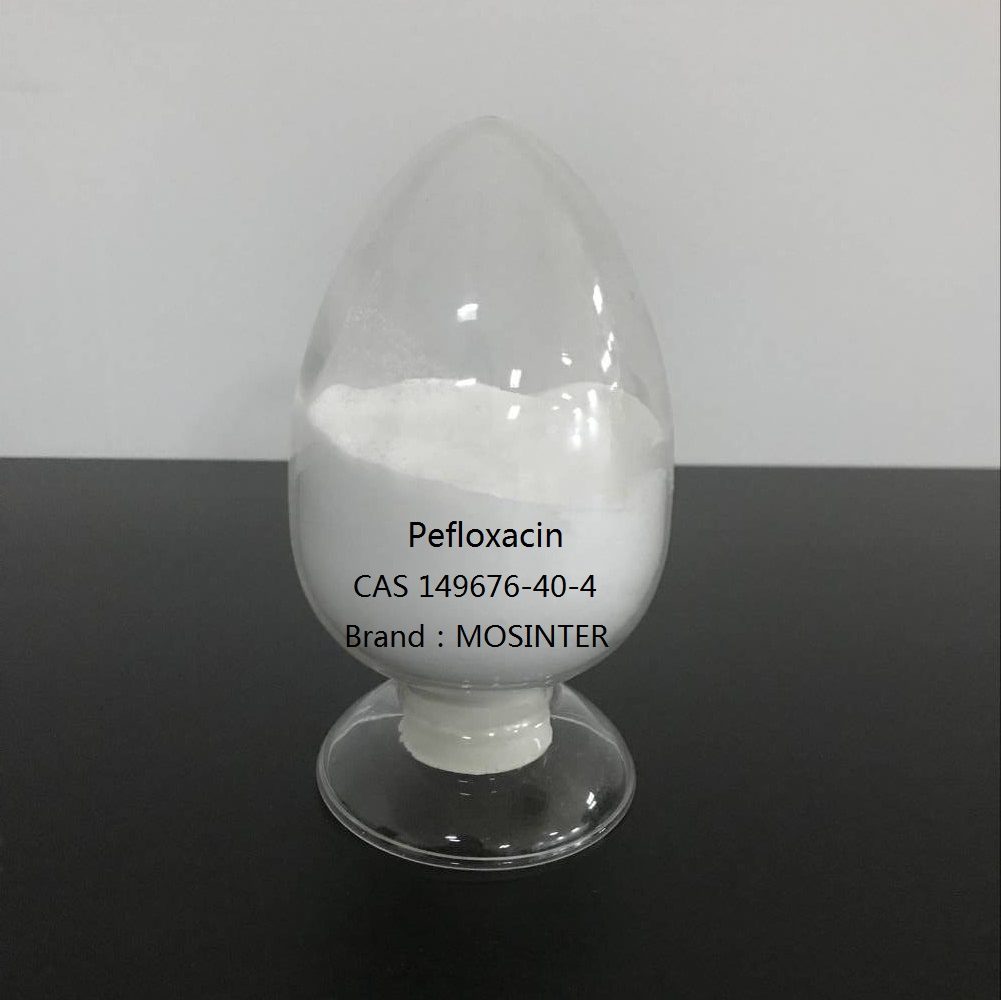
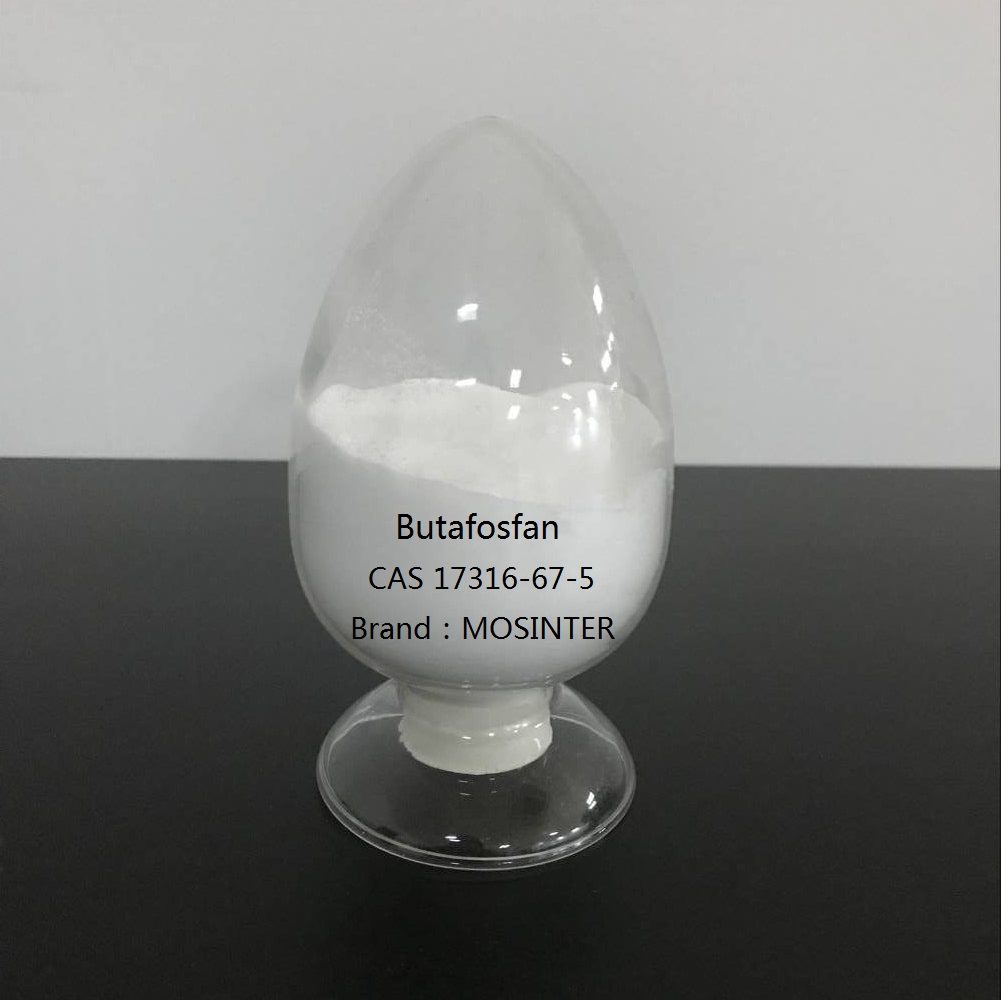
Reviews
There are no reviews yet.